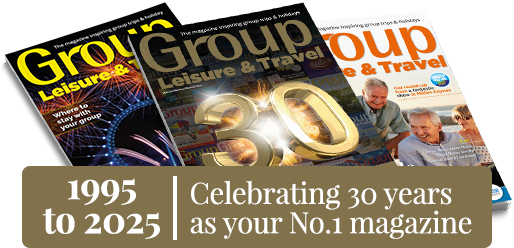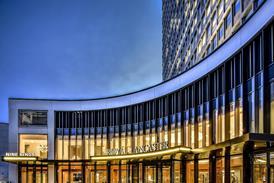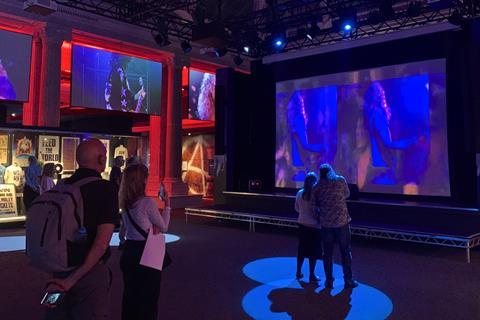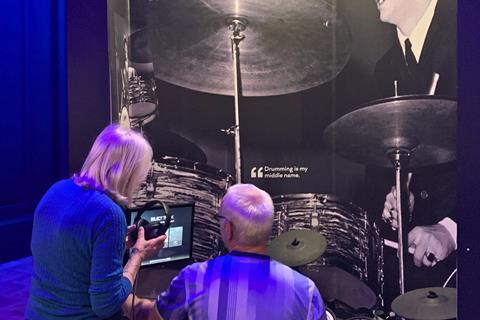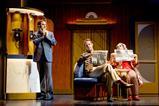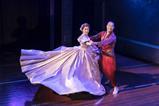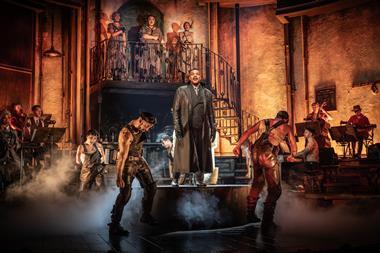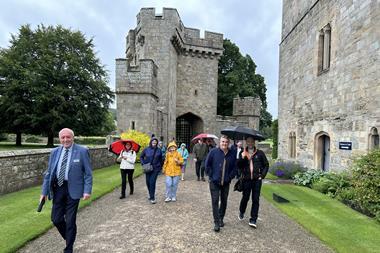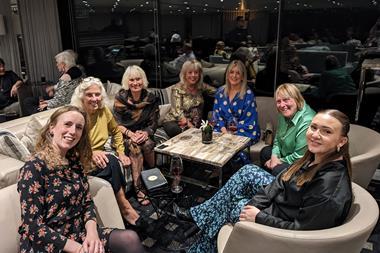A Reader Club familiarisation trip to Liverpool’s British Music Experience reminded us that music can create common ground.

There isn’t much my mad, idiosyncratic family agrees on. Our interests vary considerably, our politics differ greatly, and growing up, we each had different routines and hobbies, meaning we never ate at the same time - and when we did, we rarely ate the same meal. It’s a small miracle we did anything together at all.
And yet, genetics aside, if you asked me what connects us as a family I’d say it’s our shared love of music. Not that we all like the same kind of course - far from it. My dad’s rock ballads are a bit too sentimental for my taste, and Mum’s obsession with David Essex is, frankly, borderline illogical. Still, I’ll admit that Hold Me Close is a great pop song, and I’ll defend Genesis against its haters to my dying breath.
Music has always mattered to us. It’s been a great leveller, a conversation saver, and the soundtrack to our shared moments. Like it is for many families and groups alike, music is a safe space for debate, a shared passion and sometimes a rare common ground - and that’s something the British Music Experience (BME) in Liverpool understands completely.
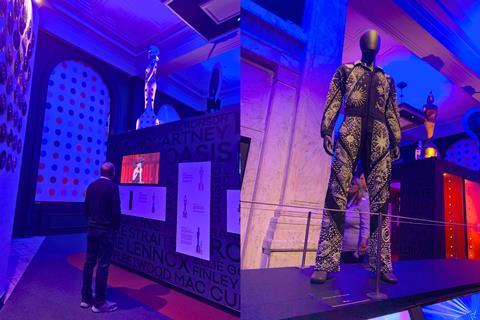
Charting over 75 years of history, the BME’s exhibits tell the story of how pop and rock music have evolved, and the change they’ve made to the cultural landscape of the UK. Plotted meticulously through fashion, instruments and memorabilia, the story is one of experimentation, rebellion and the artists who challenged each other to create something new.
On our Reader Club trip to the museum, housed in the grand Cunard Building on Liverpool’s waterfront, I felt right at home. Our lovely guide Paul took us on a tour through the hall’s eight distinct zones - starting in the jazz age of the 1940s and finishing in the present day, with recent footage of this year’s Brit Awards reminding us that the music industry is very much alive and thriving.
“The displays were so impressive and well set out, being grouped according to the relevant decades and genres, taking you through the history and influences of music in the UK. Amazing that iconic memorabilia had been donated for us to view.”
George Jones, RBSNW Pensioners Social Group
It’s a paradox, but true nonetheless: it’s not often you visit a modern history museum where the exhibits feel so current. As a Eurovision fan, I loved hearing about Liverpool’s role in the 2023 contest - especially since the Cunard Building was part of the story, it was in that hall the city was announced as host on behalf of Ukraine. But what struck me even more, as a museum-goer, was just how alive the collection felt. There was a real sense that it is constantly evolving. As Paul explained, an Epiphone guitar owned by Noel Gallagher had recently been removed from the Britpop zone, as it’s being prepped for use on Oasis’s upcoming tour. How many museums have artefacts still actively in use?
What stood out for me - and for the rest of the group, as we later agreed over excellent coffee and cake at the museum’s Star Café - was the conversational tone of the tour. It didn’t feel like a formal presentation, but rather a discussion of shared experiences. “Yes, I remember that,” was repeated throughout, as members of the group chimed in with memories of concerts and times past.
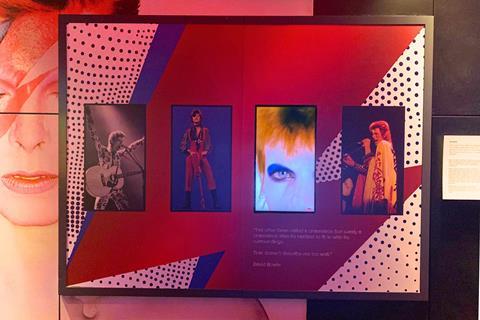
As we moved through the 70s and 80s zones, it quickly became clear who the new romantics were and who were the punks, who still called themselves a metalhead, and who missed the flamboyance of glam rock. What I found most interesting about these revelations was that, as the exhibits explained, these labels weren’t just about sound or style - they were part of something bigger. Each one belonged to a broader cultural movement, some more political than others, and some in direct opposition to each other. And yet, despite our declared differences, we all stood and observed each exhibit with great appreciation. As I said, music is a great leveller.
There’s also nothing like doing the Macarena to bring a group together. At the far end of the hall, the ‘Dance the Decades’ booth invites visitors to learn and perform 12 iconic dance styles. While we didn’t attempt all 12, the ones we did were hilarious - and being able to record the routines on your phone made it even funnier. I have no intention of putting that footage online but trust me: your videos will be the talk of the group chat for a while after.
Beside the dance booth is the Gibson Brands Interactive Studio, where the more musically gifted members of our group congregated at the end of the tour. It’s a brilliant little section of the hall that invites guests to pick up an instrument and have a jam. Thankfully for me, you don’t need to know how to play as there are on-screen tutorials and a helpful member of the BME team on hand to offer guidance.
“I am positive that our group will enjoy reminiscing and will certainly enjoy the interactive and immersive nature of the experience and can’t wait for them to try the ‘Dance the Decades’!”
Margaret Jones, RBSNW Pensioners Social Group
Sitting in the café later that afternoon, chatting about what we’d each taken from the day, it became clear that the British Music Experience doesn’t just chart the history of music – it invites you to reflect on your own. It reminded me that, despite all our differences, music has always been what brings people together – families, friends, even strangers. If your group is made up of people with wildly different tastes or interests, you must visit the BME. Watch how the exhibits spark conversations, how memories resurface, and how seemingly opposite perspectives find common ground.
The guided tour is an optional extra, but I’d highly recommend it - if only for the conversations it sparked among our group. Alternatively, there’s a free audio tour available, which you can access via your smartphone. Many of the exhibits include QR codes to scan, so just remember to bring a pair of earphones!
For more information on the British Music Experience, visit www.britishmusicexperience.com.

